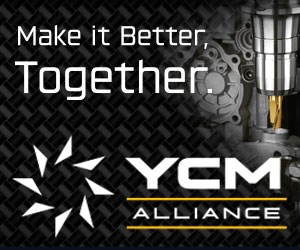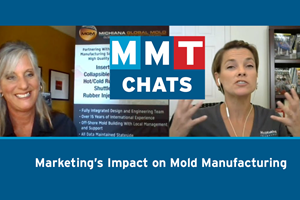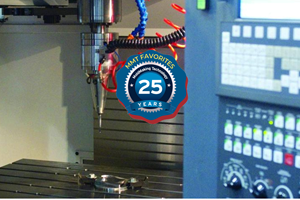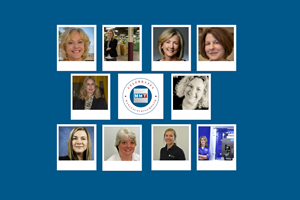Creating Culture
Cultivating a team environment lightens the load on the individual person and distributes it among many, enabling faster lead times and better-quality products.
Company culture was not a concept that I paid much attention to early in my career. It was when I became an account manager many years later that I first considered its impact on a company and on employee performance. I was attending a mold sampling with a crew of six employees when the owner called for the service technician, leaving the rest of us to attend to the situation. This particular customer was a difficult one to work with because of his attitude of “my needs are more important than your needs,” but I didn’t give it much thought, as I was new to my position. As time passed and I recounted the incident, I began to question whether that culture was intentionally created or had occurred by accident.
The culture at our company, Industrial Molds Group, has not always been what it is today. More than 20 years ago, it was one of competition, and it was not healthy competition. Each employee was determined to promote him or herself—oftentimes, at the expense of the whole company. For example, simple things like sharing a machine or allowing a coworker to jump in front and run his job were almost out of the question. The individual was more important than the whole, and working under such a conviction is a mistake.
Today, the entire company works as a team with a healthy dose of competitive spirit. I’d like to say this change in culture was a result of hard work following a solid plan, but I would be lying. In reality, it was our decision to seek ISO certification and to implement automation that inadvertently set us on the path to creating a healthy company culture.
Although we have always valued our employees, clearly communicating the company’s mission and goals to the team was a weakness of management. This began to improve slightly as we began to work toward ISO certification. ISO requires standardization, which can only be attained with a solid communication plan. It was this new plan that changed our “my way” culture to a “company way” and teamwork culture. We still value the person and personal responsibility, but ISO taught us that systems are essential to a positive culture as well.
For example, teamwork was crucial as we worked together to ensure that automation functioned correctly. People regularly share and help each other complete tasks, and start and finish jobs. The success of a particular job is no longer just one person’s responsibility. We all share in the success or failure of a project. Using the systems in place, we review the results and make adjustments as needed, and we celebrate the successes as a company.
The company still has plenty of personality and individuality—just less strife. This change to a team environment has lightened the load on the individual person and distributed it among many, which has resulted in faster lead times and better-quality products.
I believe that our company history proves that culture can be both an intentional creation and a natural by-product. In Industrial’s early days, the culture just happened, but today each person works every day to maintain a team environment. Whether you’re a department head or the owner, you can effect a change in company’s culture for better or worse. So, if you look around and don’t like your current culture, change it.
Related Content
MMT Chats: Marketing’s Impact on Mold Manufacturing
Kelly Kasner, Director of Sales and Marketing for Michiana Global Mold (MGM) talks about the benefits her marketing and advertising, MGM’s China partnership and the next-generation skills gap. This episode is brought to you by ISCAR with New Ideas for Machining Intelligently.
Read MoreWhat is Scientific Maintenance? Part 2
Part two of this three-part series explains specific data that toolrooms must collect, analyze and use to truly advance to a scientific maintenance culture where you can measure real data and drive decisions.
Read MoreMachine Hammer Peening Automates Mold Polishing
A polishing automation solution eliminates hand work, accelerates milling operations and controls surface geometries.
Read MoreWomen Impacting Moldmaking
Honoring female makers, innovators and leaders who are influencing our industry's future.
Read MoreRead Next
Next-Generation Moldmakers
Developing the next-generation toolmaker is paramount to the survival, and even more to the prosperity, of moldmaking.
Read MoreAchieving Program Management Success
Effective communication is essential for maintaining good working relationships, keeping customers satisfied and achieving desirable outcomes.
Read More




.jpg;maxWidth=300;quality=90)


















.jpg;maxWidth=970;quality=90)